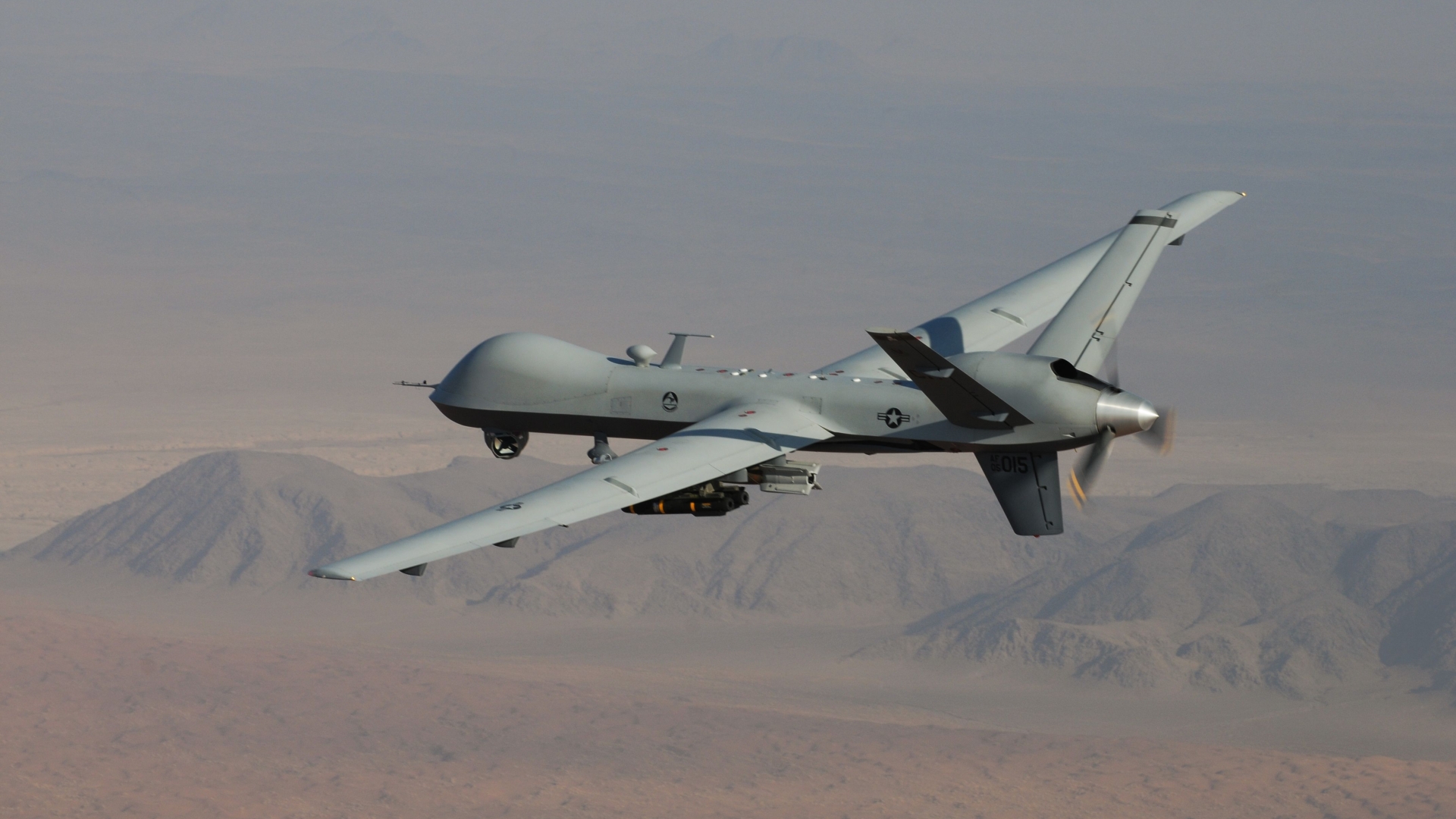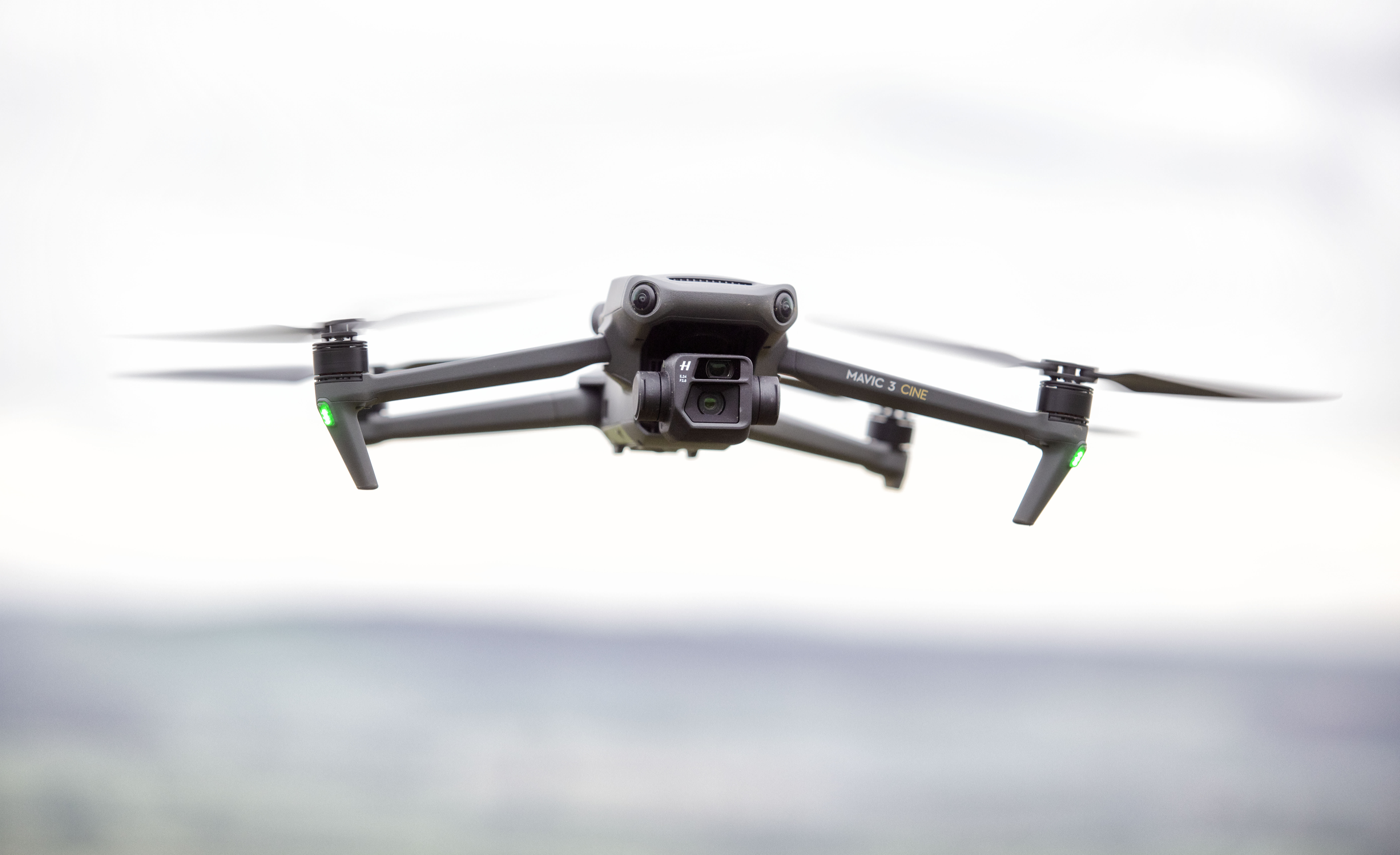Kratos, Oklahoma Elected Officials Celebrate Completion of 100th MQM-178 Firejet High-Performance Jet Drone System at Oklahoma City Aircraft Manufacturing Facility
SAN DIEGO, April 12, 2023 (GLOBE NEWSWIRE) — Kratos Defense & Security Solutions, Inc. (NASDAQ: KTOS), a Technology Company in the Defense, National Security and Global Markets and an industry-leading provider of high-performance, jet-powered unmanned aerial systems, joined by Oklahoma Secretary of Military and Veterans Affairs John Nash, Senator Markwayne Mullin (R-OK), Representative Tom Cole (R-OK-4), and Representative Stephanie Bice (R-OK-5), today celebrated the 100th MQM-178 Firejet high-performance jet powered target drone aircraft produced at the Kratos Unmanned aircraft manufacturing facility in Oklahoma City.
Kratos MQM-178 Firejet on Launcher is available at https://www.globenewswire.com/NewsRoom/AttachmentNg/2e145536-3598-438a-95f7-ce0daec7d453
With primary customers including the United States Air Force, Navy, and Army, as well as foreign ally militaries, the Kratos Unmanned Systems Division opened this manufacturing facility in November 2018 to accommodate the existing and increasing demand for its newest line of high performance, jet-powered unmanned aerial tactical drone and target drone systems.
Today, the Kratos Unmanned Oklahoma City aircraft manufacturing facility is fully operational with two major drone aircraft systems in rate production, plus prototype production of a third system. The Kratos Unmanned Oklahoma City aircraft manufacturing facility is home to the MQM-178 Firejet, which first rolled off the production line in Oklahoma in April 2019 and is produced in high quantities monthly/annually today, in both a target and tactical system configuration. The XQ-58A Valkyrie, a high-performance tactical UAV capable of long-range flights at high-subsonic speeds, currently under contract with multiple Department of Defense customers, is also produced at the Kratos Oklahoma manufacturing facility. Kratos is also in prototype production of an additional, high performance tactical drone system at the Oklahoma facility.
Kratos XQ-58A Valkyrie Ready for Flight is available at https://www.globenewswire.com/NewsRoom/AttachmentNg/86419ba2-a560-4328-8b8b-b2087abe3c18
Including production at the Oklahoma City facility, Kratos today manufactures approximately 150…




